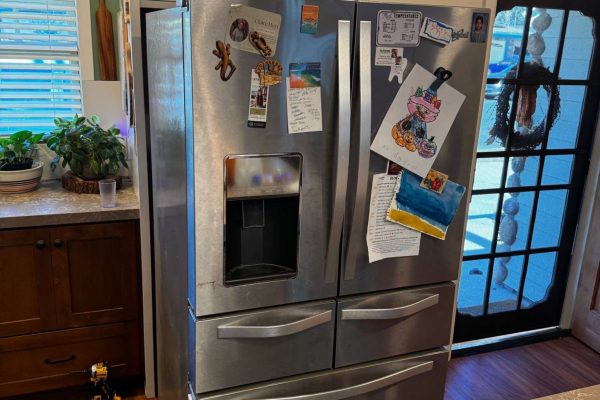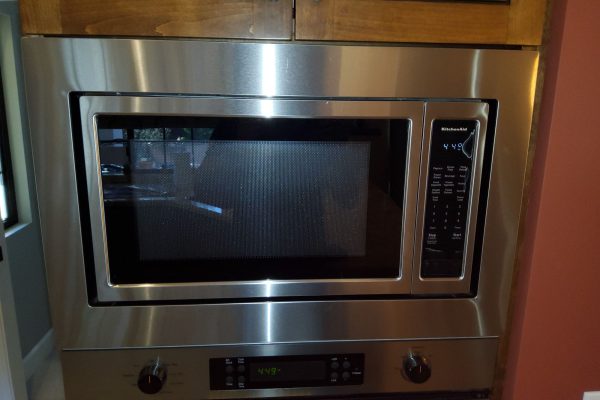A dishwasher that refuses to fill with water can bring your kitchen routine to a halt. While the issue might seem alarming, in many cases, the root cause is something simple that you can troubleshoot on your own before reaching for the phone to call a technician. Understanding how your dishwasher fills with water and what components are involved can help you identify the problem and potentially save you time and money.
Below are the main areas to inspect when your dishwasher isn’t filling properly.
1. Check the Water Supply Valve
The water supply valve controls the flow of water from your plumbing system to the dishwasher. Typically located under the sink or behind the dishwasher, this valve must be fully open for water to enter the appliance. If it’s even slightly closed or stuck, the dishwasher won’t receive enough—or any—water.
What to do:
- Locate the valve and make sure it is turned fully counterclockwise (open position).
- If the valve feels stuck, do not force it. This may indicate mineral buildup or internal damage that needs professional attention.
2. Inspect the Inlet Hose
The inlet hose connects the water supply valve to the dishwasher. If this hose is kinked, clogged, or damaged, water can’t flow through it properly. Even a partial blockage can affect the fill cycle.
What to do:
- Turn off the water supply and unplug the dishwasher before inspecting.
- Detach the hose and check for visible kinks or signs of damage.
- Use a flashlight to look inside the hose for any mineral buildup or debris.
- Flush the hose with clean water to ensure it’s clear.
3. Clean the Inlet Filter
Located at the point where the inlet hose connects to the dishwasher, the inlet filter screens out debris and sediment. Over time, it can become clogged with minerals or grit, especially in homes with hard water. A blocked inlet filter restricts water flow, causing the dishwasher to stop filling.
What to do:
- Turn off the water supply and disconnect the inlet hose.
- Use a pair of needle-nose pliers to gently remove the small filter screen inside the water inlet valve.
- Rinse the filter under warm running water and scrub gently with a soft brush if needed.
- Reinstall the filter and reconnect the hose securely.
4. Test the Water Inlet Valve
The water inlet valve is an electrically operated component inside the dishwasher that opens to allow water into the unit. If the valve is malfunctioning or has an electrical fault, it won’t open—even if all other parts are working correctly.
What to do:
- You can test the valve’s continuity using a multimeter. If there is no continuity, the valve is faulty and must be replaced.
- Listen during the fill cycle—if you don’t hear any sound like a faint humming, the valve may not be energizing at all.
- Electrical repair or replacement of this valve is best handled by a professional.
5. Evaluate the Float and Float Switch
The float is a safety device located at the base of the dishwasher that rises with the water level and signals the float switch to shut off the water when full. If the float is stuck in the “up” position or the float switch is defective, the dishwasher may mistakenly think it’s full and refuse to fill.
What to do:
- Check for debris or obstructions around the float.
- Move the float up and down gently to ensure it’s not stuck.
- If the float switch is faulty, it may need to be replaced by a technician.
6. Consider Control Board or Timer Malfunction
If all mechanical parts are working correctly, the issue may lie with the dishwasher’s control board or timer. These components regulate when and how long water is allowed into the appliance. If they fail, the fill cycle might never be initiated.
What to do:
- Signs of control board failure include other cycles not starting, random beeping, or a blank display.
- Unfortunately, diagnosing and replacing control boards is complex and should be handled by professionals.
While you can check many of these components yourself, electrical testing, valve replacement, and control board diagnostics require experience and the right tools. If your checks don’t solve the problem, or if you’re uncomfortable handling plumbing or electrical components, it’s time to contact a technician.
Oceanside Appliance Service Center has a team of experienced professionals who can quickly diagnose and repair your dishwasher. Whether it’s a faulty inlet valve, control board issue, or a hidden leak affecting water flow, our experts are here to help.
Don’t let dishwasher problems disrupt your day. Contact Oceanside Appliance Service Center now and get your appliance running smoothly again!
Contact us
(442) 291-2244


